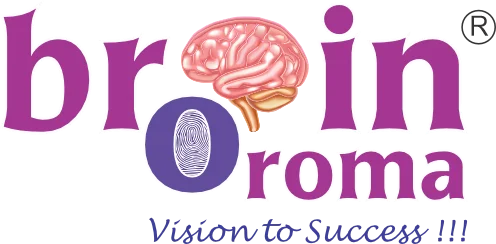In today’s world of rapid personal and academic development, assessments play a crucial role in understanding a person’s capabilities, personality, and potential. Two widely known tools in this domain are Psychometric Tests and Dermatoglyphics Multiple Intelligence Tests (DMIT). While both are used for self-discovery and improvement, they differ significantly in their approach, methodology, and application.
What is a Psychometric Test?
Psychometric tests are behavior-based assessments designed to measure an individual’s mental capabilities, aptitude, and personality traits. These tests are typically conducted using structured questionnaires and are often used during hiring processes, academic counseling, and career planning.
Psychometric tests include:
- Aptitude Tests (logical, verbal, numerical reasoning)
- Personality Tests (introversion, extraversion, emotional intelligence)
- Interest Inventories (career preferences, behavioral styles)
These tests rely on the current mindset, mood, and honesty of the individual while answering the questions, which means results may vary depending on the environment or state of mind.
What is a Dermatoglyphics Test (DMIT)?
Dermatoglyphics is a scientific study of fingerprints and the patterns on our fingers and palms that develop during the fetal stage and remain unchanged throughout life. The DMIT test analyzes these patterns to understand an individual’s inborn intelligences, learning style, and brain potential.
Key insights from DMIT include:
- Multiple Intelligence distribution
- Dominant learning style (Visual, Auditory, Kinesthetic)
- Personality traits based on brain lobe dominance
- Memory capacity and thought processing speed
Unlike psychometric tests, DMIT is a non-intrusive, biometric-based analysis, and the results are consistent throughout life.
Key Differences at a Glance
| Aspect | Psychometric Test | Dermatoglyphics Test (DMIT) |
|---|---|---|
| Basis of Analysis | Behavior and Responses | Fingerprints and Brain Mapping |
| Age of Applicability | Typically for age 12+ | Can be done from age 3 onwards |
| Stability of Results | Can vary with time and mood | Permanent and unchanging |
| Type of Input | Subjective (answers given by person) | Objective (biometric data) |
| Use Case | Career assessments, hiring, counseling | Early guidance, parenting, career, learning |
| Time Taken | 30 minutes to 1 hour | 15 to 20 minutes |
Why It Matters
Choosing between a psychometric and dermatoglyphics test depends on what you want to understand:
- If you want to understand current behavior, preferences, or aptitude, psychometric tools are helpful.
- If you want to discover the inborn potential and natural inclinations, especially in children, dermatoglyphics offers deeper insights.
Final Thoughts
Both tests serve unique purposes and can complement each other beautifully when used wisely. While psychometric tests show what we are today, dermatoglyphics reveals who we were born to be. When integrated, they form a powerful combination for personal development, parenting strategies, career choices, and overall growth.
At Brainoroma, we believe in unlocking human potential from its root. Let fingerprints guide the journey of self-awareness and transformation.

Hello there! I just wish to offer you a huge thumbs up for
your excellent information you’ve got here on this post.
I’ll be coming back to your web site for more soon.
casino en ligne
When someone writes an paragraph he/she retains the thought of a user
in his/her brain that how a user can be aware of it.
So that’s why this article is great. Thanks!
casino en ligne
Its such as you learn my thoughts! You seem to grasp so
much approximately this, such as you wrote the e book in it or something.
I feel that you just can do with a few p.c. to pressure the message house a little bit, but instead of that,
this is wonderful blog. An excellent read. I’ll definitely be
back.
casino en ligne France
I’m extremely impressed together with your writing talents as smartly as with the layout in your
weblog. Is this a paid topic or did you customize it your self?
Anyway stay up the excellent high quality writing, it
is rare to peer a great weblog like this one these days..
casino en ligne
Right away I am going away to do my breakfast, when having my breakfast coming over
again to read further news.
casino en ligne fiable
I love your blog.. very nice colors & theme. Did you create this website yourself or did you hire someone to
do it for you? Plz reply as I’m looking to construct my own blog and would
like to know where u got this from. appreciate it
casino en ligne francais
Hi there everyone, it’s my first pay a visit at this web page, and
post is really fruitful designed for me, keep
up posting such articles or reviews.
casino en ligne France
Aw, this was a very good post. Taking the time and actual effort to create a top notch
article… but what can I say… I put things off a lot and don’t
seem to get nearly anything done.
casino en ligne
I think the admin of this site is really working hard in support of his
website, since here every stuff is quality based data.
casino en ligne
Thanks a lot for sharing this with all of us you actually understand
what you are speaking approximately! Bookmarked.
Kindly also visit my web site =). We may have a hyperlink change agreement among us
casino en ligne